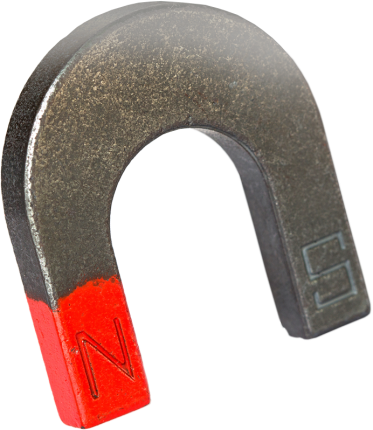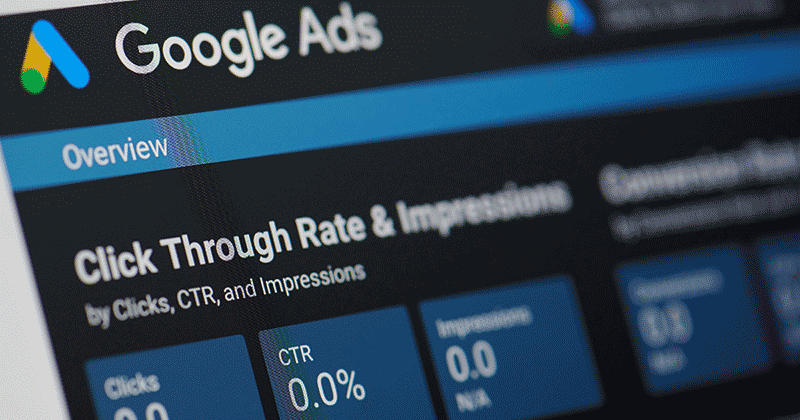How to Improve Quality Score without Modifying Your Landing Pages
We at BCI take Quality Score very seriously. After all, it has a direct effect on your ad positioning and how much you spend per click! Having a good Quality Score is a must for any account, however, it can be difficult to optimize for. What works for one account might not work for another, and some things aren’t in your control as the SEM account manager — most notably, landing pages which can require members of design, development or IT to update and manage. Thankfully, there are other components that contribute to Quality Score that are in your control and can make a big difference.
We recently accomplished AdWords Quality Score improvements for one of our clients by addressing CTR and ad relevance alone — things you can do, too! Here we get in to how we were able to achieve it, but first let’s understand Google’s formal definition and the components of Quality Score.
Google’s Definition of Quality Score
Google AdWords Help defines Quality Score as: An estimate of the quality of your ads, keywords, and landing page. Higher quality ads can lead to lower prices and better ad positions.
- The components of Quality Score (expected clickthrough rate, ad relevance, and landing page experience) are determined every time your keyword matches a customer’s search.
- You can get a general sense of your ad quality in the “Keyword Analysis” field of your account (reported on a 1-10 scale). You can find this by selecting the Keywords tab and clicking on the white speech bubble next to any keyword’s status.
- The more relevant your ads and landing pages are to the user, the more likely it is that you’ll see higher 1-10 Quality Scores and benefit from having higher quality components of your Ad Rank, like a higher position or lower CPC.
Now that we understand Google’s definition of Quality Score, how can you, the SEM account manager, improve it? Know that the tactics described here also address Bing Ads’ quality scoring calculations (outlined here) and should improve your Bing Quality Score as well.
We know there are three main components used to determine Quality Score for AdWords and Bing:
- Expected CTR
- Ad relevance
- Landing page experience
It’s not uncommon to hear feedback from clients and agencies alike that the landing page component is the most costly and time consuming to improve. This is because, as mentioned earlier, changes to landing pages can require the involvement of individuals on many teams, like designers and web developers and IT pros. That’s okay. While you’re waiting for those beautiful landing pages to come to fruition, you can still improve the other two components and see tangible results. On to the optimizing!
Refine Your Campaign Structure
Having a well-designed and executed campaign structure is key. Many times we’re asked what the ideal campaign structure is, and our collective answer is, you guessed it: “It depends!” As with almost everything else, what works for one account may not work for another. Therefore, we recommend basing your campaign structure on the following elements:
- Performance: Let the data guide how you structure your keyword sets. By analyzing historical cost and conversion data, you can begin to group like-performing keywords into their appropriate groups.
Tip: Start by grouping keywords into two general buckets — high purchase intent vs. research-based keywords — and continue to refine keyword groups from there.
- Match Types: Time and time again, we find significant differences in performance amongst the various match types. Here’s an example straight from the account that we recently optimized. Sometimes, segmenting your ad groups or campaigns by match type will give you more granular control by which to analyze performance. In addition, you can custom tailor your ad copy to each match type set.

Tip: Think about creating ad groups based on similar expected click-through rate and by ad relevance! By improving your match type selection and ad copy, you’ll improve these two Quality Score levers over time.
- Landing Pages: While you may not be able to modify or create landing pages, you can stick to the best ones you’ve got. Use your account data to understand the landing pages that perform best from both a user engagement (bounce rate, time on site) and conversion rate perspective, and only direct traffic to those pages. With our example client, the account was utilizing 10 landing pages for five keyword themes, with two landing pages per theme. After analyzing our data, we found that the pages with the best engagement metrics also had the best conversion rate (surprise, surprise). It just so happened that these pages also had a better utilization of our PPC keywords and better tied in with our ad copy.
Tip: Think landing page experience. Put your lowest performing landing pages on the sidelines and direct all traffic to your top performing landing pages in terms of site engagement and conversion. Google will see an overall improvement to the landing page experience.
Refine Your Keyword Selection
We already touched a bit on this with the match type discussion. However, in addition to knowing which match types to focus on, it is also important to review the actual keywords your bidding on. As mentioned, try to segment your “purchase” keywords from your “research” keywords. In addition, be sure to review your negative keyword selection, as this is an all-to-often overlooked element.
For our example client, we reviewed all account data, including search query reports, and modified both our positive and negative keyword lists to better align with our performance goals.
Refine Your Ad Copy
Again, let the data tell you what to do here. In our example account, we were running multiple ad copy variations per keyword theme. When we analyzed the data, we eliminated the poor-performing variations and introduced new variations to test. This exercise also ensured that our ad copy was best aligned with our keywords and landing pages.
Ad testing is a process that will help to improve click-through rate (CTR) over time, which should help improve Quality Score!
The Results
By following the steps outlined above, we were able to increase our client’s impression-weighted AdWords Quality Score by 18%! This goes to show how having a well-built campaign structure can improve your Quality Score. Over time, we will pay less per click to achieve our ad positions, give searchers a better experience and capture additional conversions for our client!
Have any interesting tricks or observations you’ve used in your accounts to improve Quality Score? Please share!
26,000+ professionals, marketers and SEOs read the Bruce Clay Blog
Subscribe now for free to get:
- Expert SEO insights from the "Father of SEO."
- Proven SEO strategies to optimize website performance.
- SEO advice to earn more website traffic, higher search ranking and increased revenue.

11 Replies to “How to Improve Quality Score without Modifying Your Landing Pages”
Quality stuff. I am struggling for quality score from such a long time and I never thought from the angles mentioned above. I am going to focus on them and try to improve it now.
This is very nice post..
i thik when bounce rate is up then landing pages position is automatic increase in goole ranking.
Fantastic share Michael, Explained superbly i really appreciate your time for sharing this post. It is very knowledgeable for us.
@Al – thanks for your post! Glad this helped to create another perspective on your optimization efforts. Sounds like you’re doing the right things.
@Prashant – Thanks for the read, and good luck. Feel free to come back and post about your results!
I remember we were struggling with quality score many time. Your shared post is answering all of our questions. Let us implement this and see the result. Thank you and keep sharing the great post.
Thanks for sharing this, Michael! To be honest, I’m still experimenting on the best practices for Adwords campaigns. We still pepper content with research keywords and continuously improve landing pages – but we have never thought about our Quality Score. Thank you for pointing this out.
A very scientific approach to ad creation … I and many others will learn much from the article. Thanks for taking the time to write on this subject with such detail!
This was a truly informative post. It really breaks down the steps it takes to get a higher Quality Score instead of just focusing on landing pages. Thanks for sharing!
LEAVE A REPLY









